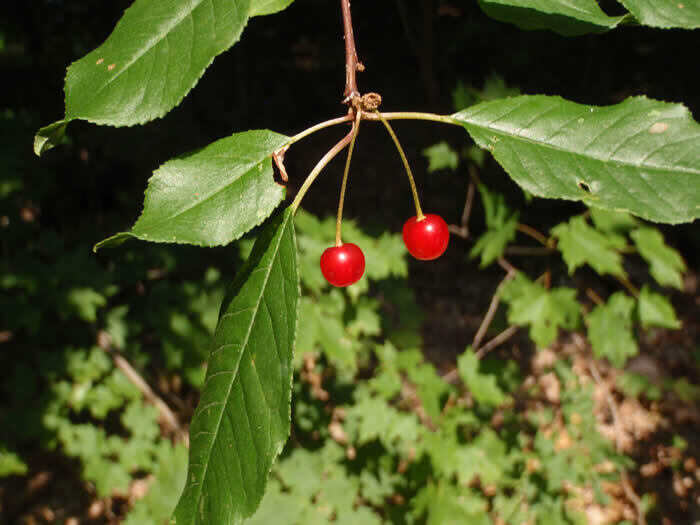Your cart is currently empty!
Tropical Hibiscus and Hardy Hibiscus
Hibiscus are hardy perennials, while others are annuals, shrubs, or tropical plants. Hibiscus plants are grown for a variety of uses.
Your cart is currently empty!
Photo:
Photo: Alternate Leaf Dogwood from Ontario Native Plants
As November arrives, it’s the perfect time to turn our attention to a collection of native trees that equally deserve a place in our urban landscapes. These trees not only add beauty but also support our local ecosystems with their pollinator-attracting flowers and bird-friendly fruits.
1. Alternate-leaved Dogwood – In spring, this small tree sports clusters of delicate white flowers, followed by bluish-black berries in late summer. This tree thrives in partial shade, making it ideal for areas with dappled sunlight or where full sun exposure may be limited.
2. Blue-Beech– Despite its name, the blue beech is more closely related to birch trees than other beech trees. Distinguished by its smooth, blue-gray bark, this tree stands out in any garden and plays host to several butterfly species.
3. Staghorn Sumac – Although more akin to a large shrub, the Staghorn’s height and spreading habit make it a distinctive landscape feature. Come autumn, its fern-like leaves turn brilliant shades of red and orange. Distinctive red, fuzzy fruit clusters persist, adding a unique textural element to the winter garden.

4. Pin Cherry – A small, fast-growing tree, Pin Cherry is famous for its striking displays of white blossoms in spring. It later offers small red cherries that are sought after by our avian friends.

5. Mountain Maple – Acer Spicatum – Mountain maples put on a dazzling display of vibrant fall foliage, making them a standout for fall-themed gardens. These are among the smallest trees in the maple species, offering a compact size that fits well in city landscapes.
6. Serviceberry (Juneberry) – With its showy white spring flowers, Serviceberry is also a food source for pollinators. Early summer brings delicious edible berries, which serve as a banquet for songbirds and small mammals.

7. White Cedar – As an evergreen, Cedars maintain their lush green foliage throughout the year. They are exceptional choices for creating privacy screens and windbreaks in your outdoor space.
8. Canada Plum – While primarily used for pollination purposes, the Canada Plum also yields tasty fruits. Although somewhat bitter, these fruits can be used to create delicious compotes and jellies.
9. Common Juniper – This evergreen boasts blue-green, needle-like foliage. It produces small berry-like cones that range from green to dark blue, adding both color and aroma to the garden.
Most of these native treasures reach a mature height of 15-25 feet, making them excellent choices for our Alta Vista gardens. And good news: November is still typically a good month for tree planting!
Hibiscus are hardy perennials, while others are annuals, shrubs, or tropical plants. Hibiscus plants are grown for a variety of uses.
I harvested a number of swiss chard microgreens. They are at the seed leaf stage, and I am being careful not to pull them out of the soil.
Seasonal tips on picking pumpkins and squash. For example, if you are picking squash, remember to let them cure for about a week.
Garden brick ideas can be elegant, functional, and can make your landscape even more inviting and exciting. Read on to explore ideas with us.
Learn about Dutchman’s Breeches care and growth from seed, an ephemeral spring wildflower with unique blooming habits and care tips for your garden.
Penstemon digitalis bell-shaped flowers are nectar-rich, which makes them one of the best plants to attract hummingbirds.
GardeningCalendar.ca gets some funding from advertisers. If you click on links and advertisements at no cost to you, the site may receive a small commission that helps fund its operation.
© 2025 J&S Calendars Ltd.
Leave a Reply
You must be logged in to post a comment.